High Tech Planted Aquarium: Selecting the right aquatic plants
Introduction to High-Tech Planted Aquariums
The allure of high tech aquarium plants lies in their ability to transform an ordinary aquarium into a lush, vibrant underwater landscape. High-tech planted aquariums employ advanced equipment and techniques to closely simulate natural aquatic environments, promoting the health and growth of demanding aquatic plant species. This approach not only enhances the visual appeal of the aquarium but also creates a dynamic ecosystem where aquatic life can flourish. High-tech setups are distinguished by their use of intense lighting, CO2 injection systems, and specialized fertilizers to cater to the needs of high light aquarium plants. These plants, in turn, contribute to the overall balance of the aquarium by providing oxygen and natural filtration, creating a healthy environment for both plants and fish. The journey into high-tech aquascaping is one of creativity and precision, offering endless possibilities for enthusiasts to explore and enjoy.
The Importance of Lighting in High-Tech Aquascaping
Lighting plays a pivotal role in the growth and development of light-loving aquarium plants. In high-tech planted aquariums, where the goal is to promote vibrant plant growth, selecting the right lighting system is crucial. These plants require intense, full-spectrum light to photosynthesize effectively and reach their full potential.
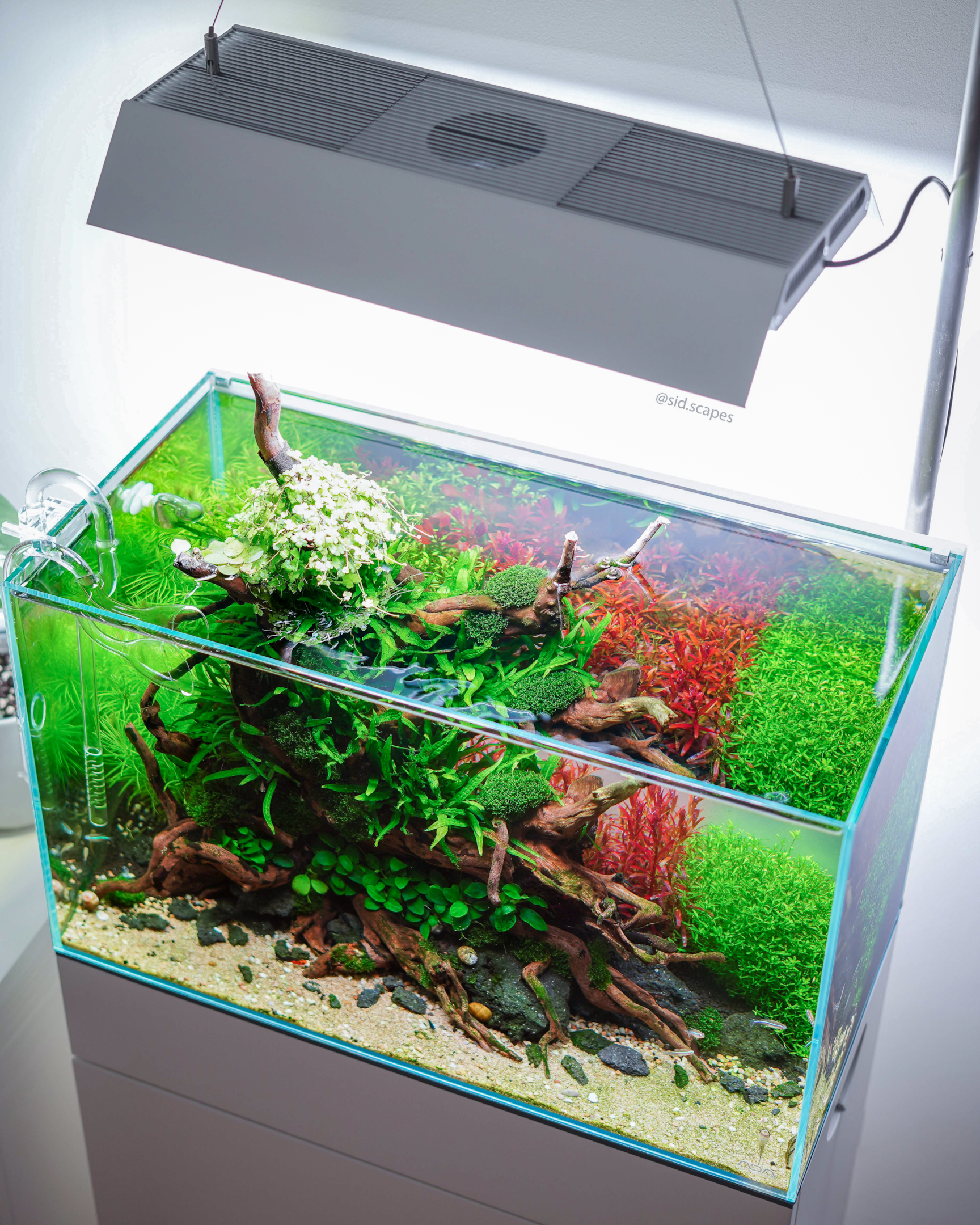
The challenge for aquarists is to provide enough light to meet these demands without encouraging algae growth. High-tech lighting systems, such as LED arrays with adjustable intensity and spectral output, allow for precise control over the light environment. This enables the cultivation of even the most demanding aquarium plants, which often require high levels of illumination to thrive. By carefully managing light conditions, aquarists can ensure their planted tanks are both beautiful and biologically balanced.
Selecting Plants for High-Tech Aquariums
When it comes to high-tech aquariums, the best stem plants for aquarium enthusiasts are those that can fully utilize the enhanced conditions these setups provide. Stem plants, with their fast growth rates and often vibrant colors, are particularly well-suited to high-tech environments. They benefit from the high levels of CO2 and nutrients, using these resources to grow quickly and densely. These plants become the backbone of the aquascape, providing structure and color while also contributing to the tank's ecological balance by absorbing excess nutrients that could otherwise fuel algae growth. Selecting the right stem plants involves considering their light and CO2 requirements, growth habits, and how they fit into the overall design of the aquarium. With the right selection, stem plants can transform a high-tech tank into a stunning underwater garden.
The Role of Fast-Growing Plants in High-Tech Setups
Fast-growing aquarium plants play a crucial role in high-tech planted aquariums. Their rapid growth not only contributes to the aesthetic appeal of the tank but also serves an important ecological function. These plants are highly efficient at utilizing the CO2 and nutrients provided in high-tech setups, which helps to outcompete algae for resources and maintain water quality. Furthermore, their quick response to the optimal conditions in high-tech aquariums makes them excellent indicators of the health of the aquatic environment. By carefully selecting and managing these fast-growing species, aquarists can create a vibrant, healthy planted tank that is both a joy to behold and a thriving ecosystem. The success of a high-tech aquarium lies in finding the right balance of light, CO2, and nutrients to support the growth of these demanding plants, creating a lush underwater landscape that mirrors the diversity and beauty of natural aquatic ecosystems.
Fertilization Strategies for Vibrant Growth
Effective fertilization is paramount in planted aquariums, especially those with high tech aquarium plants that demand more from their environment. In high-tech setups, the precise application of both macro and micro nutrients is critical to support vibrant plant growth. Unlike low light conditions where plants grow slower and require fewer nutrients, high-tech tanks with high light and added carbon dioxide encourage fast growing aquarium plants to consume nutrients at a much quicker rate. Aquarists must adopt a balanced approach to fertilization, often involving liquid fertilizers that can be easily adjusted to meet the dynamic needs of the aquarium. This strategy ensures that plants receive all necessary nutrients without promoting excessive algae growth. Monitoring nutrient levels and adjusting fertilization routines are essential steps in maintaining a lush, healthy aquascape that becomes a focal point in any display tank.
Selecting the Right Substrate
The foundation of any successful planted aquarium lies in selecting the right substrate. For high-tech aquariums, where aquatic plants are expected to show rapid and vibrant growth, the substrate becomes even more critical. It should not only support plant roots physically but also chemically, providing essential nutrients and facilitating efficient gas exchange at the root level.

Options like aqua soils that buffer tap water to create ideal soft water conditions are popular among high-tech enthusiasts. These substrates help maintain stable pH levels and release micro nutrients over time, crucial for the development of dwarf baby tears and other carpeting plants. Choosing a substrate that aligns with the requirements of both high light aquarium plants and hard water species ensures that the planted aquarium is set up for success from the bottom up.
Foreground Plants for High-Tech Tanks
Foreground plants in planted aquariums play a critical role in creating depth and interest at the viewer's eye level. High-tech tanks, with their enhanced lighting, carbon dioxide supplementation, and precise nutrient dosing, open up a world of possibilities for cultivating stunning foreground species like dwarf baby tears. These fast growing aquarium plants form dense, vibrant carpets that can transform the aquarium floor into a lush, green landscape. Success with these demanding plants requires a careful balance of light, CO2, and nutrients, rarely achieved through the use of liquid carbon supplements but pressurized CO2 injection and targeted fertilization practices. In high-tech setups, the choice of substrate also plays a pivotal role, providing a rich base that supports robust root development and plant health. By selecting the right species and maintaining optimal conditions, aquarists can achieve a foreground display that is both striking and healthy, enhancing the overall beauty of the planted aquarium.
Midground Plants: Creating Depth and Complexity
Midground plants are essential in planted aquariums for bridging the gap between the striking foreground and the towering background, creating a sense of depth and complexity. In high-tech setups, where carbon dioxide and liquid carbon supplementation bolster aquatic plant growth, choosing the right midground species can elevate the overall aquascape. Plants like java ferns and Anubias, which thrive under high light conditions, can be strategically placed to add texture and color. These plants benefit from the enriched environment, utilizing available micro nutrients efficiently. Christmas moss, attached to driftwood or rocks, can also serve as an eye-catching midground feature, offering a contrast in texture and creating a natural transition within the tank. Aquarists must consider the growth patterns and light requirements of these plants to ensure they complement both the foreground and background plants, contributing to a harmonious and balanced planted aquarium.
Background Plants to Complete the Look
Background plants are the final layer that adds height and fullness to planted aquariums, creating a lush backdrop that enhances the sense of immersion. In high-tech aquariums, where carbon dioxide levels and lighting are optimized for fast growing aquarium plants, species like Vallisneria and Hygrophila become invaluable. They utilize the high carbon dioxide and light levels to achieve substantial growth, effectively absorbing micro nutrients and helping to filter out tap water impurities. These plants also play a crucial role in gas exchange, improving water quality for fish and other inhabitants. When selecting background plants, consider their potential size and growth rate to ensure they fill the intended space without overwhelming the tank. Properly managed, these plants can transform the aquarium into a vibrant, dynamic ecosystem, showcasing the depth and beauty of underwater landscapes.
Carpeting Plants: Laying the Foundation
Carpeting plants lay the visual foundation of planted aquariums, especially in high-tech setups designed to showcase vibrant underwater landscapes. Dwarf baby tears are a popular choice for aquarists seeking to create a dense, green carpet across the aquarium floor. These fast growing aquarium plants thrive under the enhanced conditions of high-tech tanks, including increased carbon dioxide, high light, and a steady supply of micro nutrients. Achieving a successful carpet requires patience and precise adjustments to the aquarium environment, ensuring that plants receive the right balance of light and nutrients without encouraging algae growth. Carpeting plants like dwarf baby tears not only enhance the aesthetic appeal of the tank but also provide a habitat for fish and invertebrates, contributing to the overall biodiversity and health of the aquarium ecosystem.
Floating Plants in High-Tech Aquariums
Floating plants offer a unique aesthetic and functional benefit to planted aquariums, especially within high-tech setups. Species like water lettuce and Salvinia create a natural cover over the water surface, reducing light penetration and providing shade for species that prefer low light conditions. This can be particularly beneficial in tanks with high lighting setups, helping to prevent stress on aquatic plants and fish that thrive under more subdued conditions.
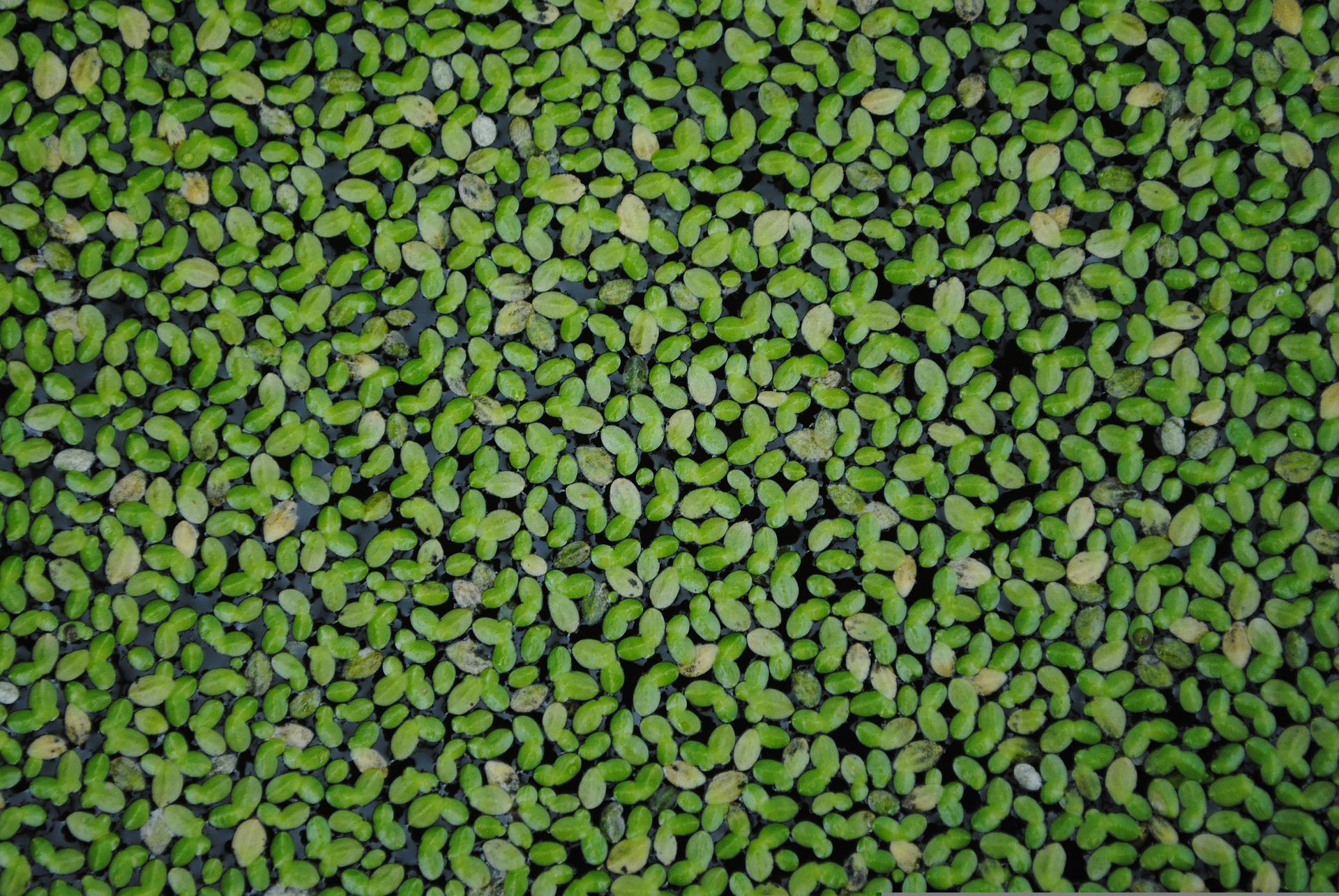
Beyond aesthetics, floating plants play a crucial role in nutrient absorption, taking up excess micro nutrients and carbon dioxide directly from the water surface. This helps in balancing the nutrient levels in the tank, reducing the likelihood of algae blooms. Additionally, their roots offer shelter and spawning grounds for fish, enhancing the biodiversity and ecological balance of the aquarium. Incorporating floating plants into a high-tech planted aquarium requires consideration of their growth rate and potential to block light to underlying plants, ensuring a harmonious coexistence within the aquatic ecosystem.
The Importance of Plant Diversity
Diversity in planted aquariums is not just about visual appeal; it's crucial for creating a balanced and healthy ecosystem, especially in high-tech setups. A variety of aquatic plants can ensure a more stable environment by utilizing different nutrients and providing multiple habitats for fish and invertebrates. Plant diversity also enhances the resilience of the aquarium against pests and diseases, as different species can offer natural resistance to common ailments.
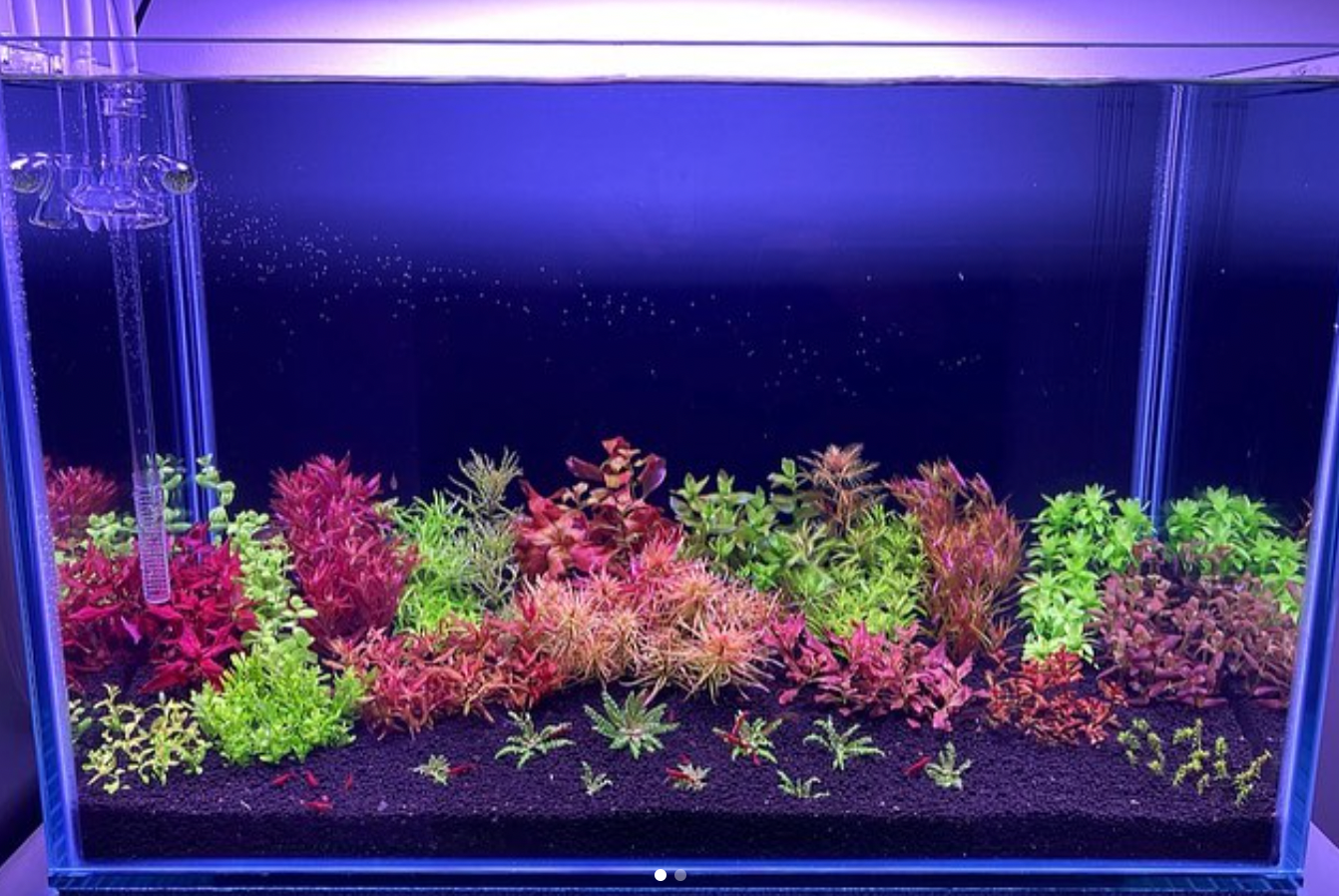
In high-tech tanks, where carbon dioxide and lighting can be precisely controlled, aquarists have the unique opportunity to cultivate a wide range of plants, from fast-growing species to low light lovers and hard water species. This variety allows for a more natural and effective gas exchange process, crucial for maintaining optimal CO2 levels and oxygenation for all tank inhabitants. Embracing plant diversity also encourages aquarists to learn and experiment with different aquatic plants, broadening their understanding and appreciation of the intricate dynamics within planted aquariums.
High-Tech Plant Care and Maintenance
Caring for plants in high-tech planted aquariums demands a comprehensive approach to ensure their vibrant growth and health. This includes regular dosing of micro nutrients, consistent carbon dioxide supplementation, and precise lighting adjustments. High-tech setups, characterized by their high light and enhanced CO2 levels, can significantly accelerate plant growth, necessitating frequent pruning and maintenance to keep the aquarium looking its best and preventing individual species from dominating the tank. Regular maintenance also involves monitoring water parameters closely, as fast-growing plants can quickly alter the nutrient and carbon dioxide balance within the tank. Additionally, aquarists should routinely inspect their aquatic plants for signs of nutrient deficiencies or pest infestations, which can spread rapidly in densely planted settings. Implementing a consistent care routine, tailored to the needs of a high-tech aquarium, is essential for sustaining a healthy, thriving planted aquarium that delights both the aquarist and onlookers.
Algae Control in High-Tech Setups
Algae control is a pivotal aspect of managing planted aquariums, especially within high-tech environments where light, carbon dioxide, and nutrient levels are optimized for aquatic plant growth. These conditions, while ideal for plants, can also foster algae proliferation if not carefully balanced. Effective algae management strategies in high-tech setups involve a combination of mechanical, chemical, and biological approaches. Regularly removing uneaten food, maintaining proper filtration, and performing consistent water changes help reduce nutrients available for algae. Additionally, introducing algae-eating fish and invertebrates can serve as a natural control measure. Careful adjustment of lighting duration and intensity, alongside precise carbon dioxide supplementation, further mitigates algae growth by promoting healthier plant competition. Implementing liquid carbon products may also offer an auxiliary method for targeting algae directly, though their use should be balanced with the health and safety of tank inhabitants in mind.
Utilizing Hardscape Effectively
Hardscaping plays a fundamental role in the aesthetic and structural composition of planted aquariums, particularly in high-tech setups where the design elements are as crucial as the living components. Rocks, driftwood, and other hardscape materials not only provide a framework for aquatic plants to grow around and attach to but also contribute to the overall natural appearance of the aquarium.
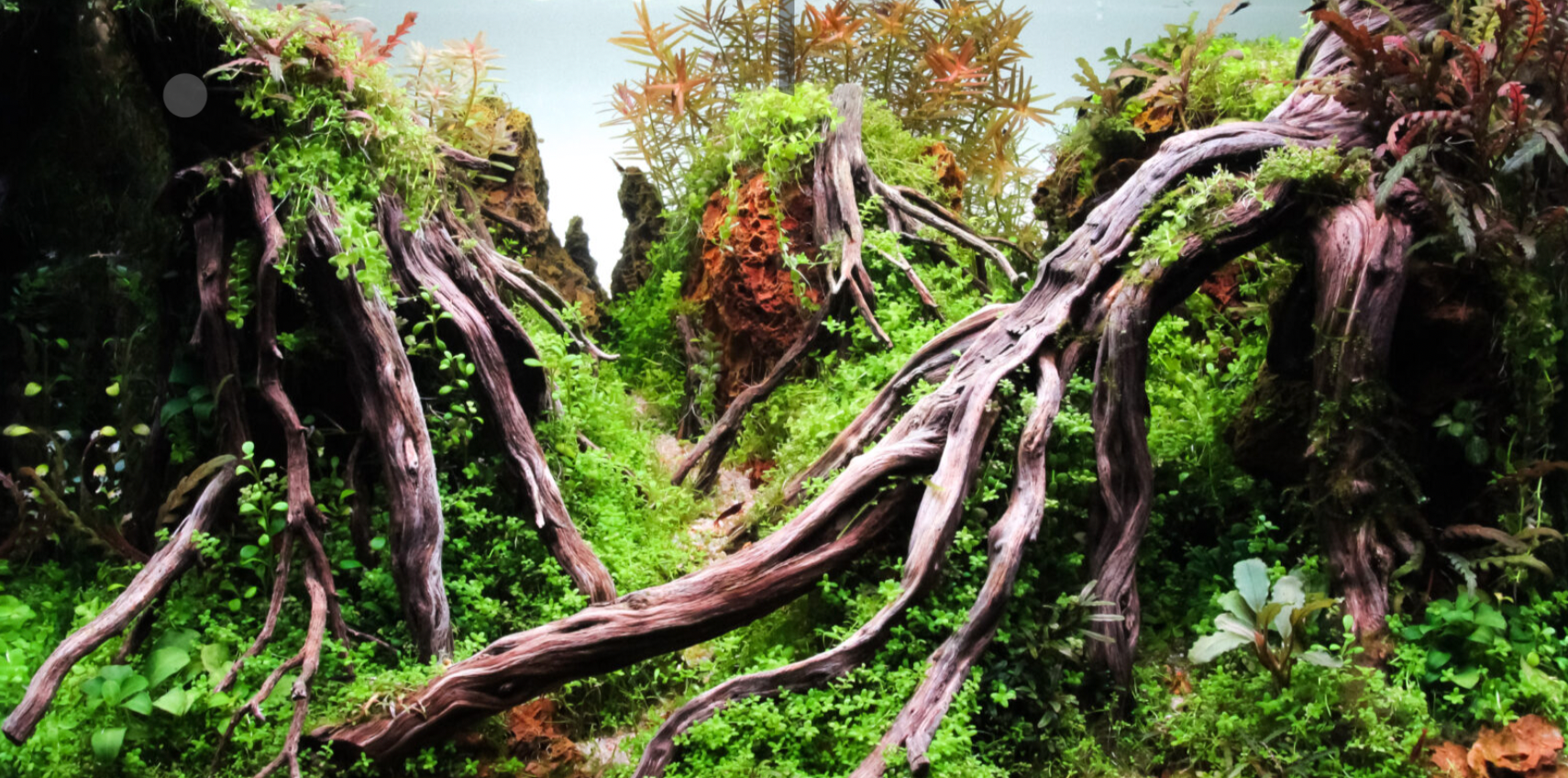
In high-tech planted aquariums, where light and carbon dioxide are abundantly supplied, hardscape elements can help create depth, perspective, and focal points within the aquascape. They also offer microhabitats and shelter for fish and other aquarium inhabitants, enhancing the ecosystem's complexity and stability. Selecting materials that complement the water chemistry—such as avoiding limestone in soft water setups—ensures that the hardscape contributes positively to the tank's environmental conditions without inadvertently altering water parameters.
The Role of Aquatic Plant Layouts
Designing effective aquatic plant layouts is crucial for achieving a visually stunning and ecologically balanced high-tech planted aquarium. Strategic placement of plants, from foreground species like dwarf baby tears to background giants, dictates the aquascape's visual flow and depth perception. High-tech setups allow for intricate designs, leveraging high light and carbon dioxide supplementation to cultivate diverse aquatic plant varieties in distinct zones.
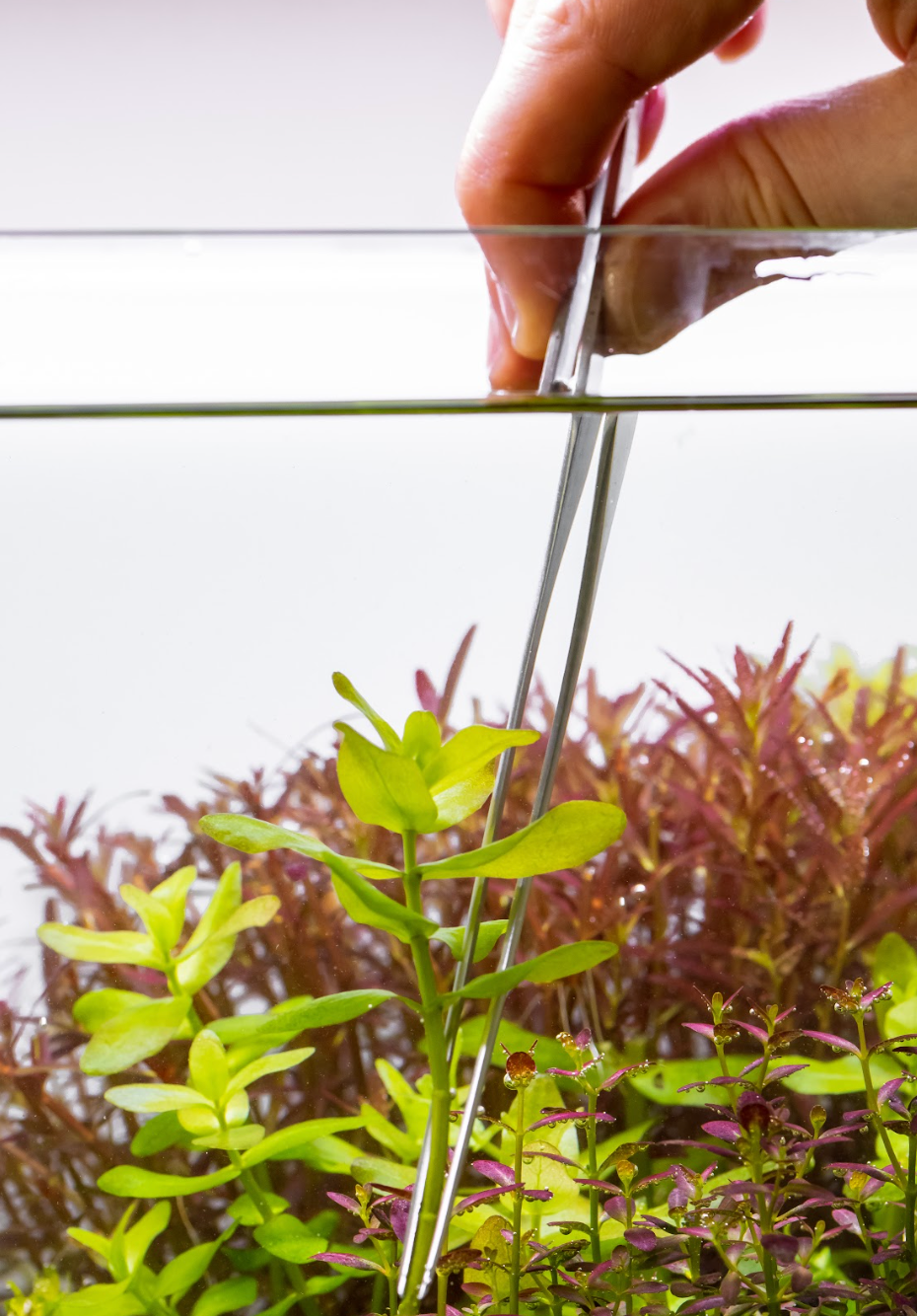
Foreground plants provide a delicate carpet, midground species add complexity and color, and background plants offer a lush backdrop, creating a cohesive, multi-layered visual effect. This intentional structuring not only maximizes the aesthetic appeal of display tanks but also ensures each plant receives adequate light and space to grow, contributing to the overall health and vibrancy of the aquarium ecosystem. Successful plant layouts require an understanding of each species' growth habits, light and CO2 needs, and how they interact within the aquarium's confined space, making layout planning a critical step in the aquascaping process.
Monitoring and Adjusting Tank Parameters
Regular monitoring and adjustment of tank parameters are vital practices in the upkeep of planted aquariums, especially those of the high-tech variety. The stability of the aquatic environment hinges on the precise management of factors such as water chemistry, carbon dioxide levels, lighting intensity, and nutrient concentrations. High-tech setups, with their advanced lighting systems and CO2 supplementation, offer the ideal conditions for aquatic plants to thrive but also require vigilant oversight to prevent fluctuations that could stress both plants and fish. Utilizing tools like drop checkers for CO2 monitoring, digital thermometers for temperature checks, and comprehensive water test kits for assessing tap water quality and nutrient balance is recommended. These instruments help aquarists make informed decisions about when to adjust lighting durations, carbon dioxide injection rates, and fertilization schedules, ensuring the planted aquarium remains a vibrant and healthy ecosystem.
Conclusion: Crafting Your High-Tech Planted Paradise
Creating a high-tech planted aquarium is an art that combines advanced aquatic technology with a deep understanding of plant and fish care. Each element, from the selection of aquatic plants to the installation of high-performance lighting and CO2 systems, plays a critical role in the development of a thriving aquatic landscape. Success in high-tech aquascaping is not solely measured by the lushness of plant growth or the clarity of the water but also by the balance and harmony achieved within the aquarium ecosystem. As aquarists embark on the journey of setting up and maintaining their high-tech planted aquariums, patience, experimentation, and continuous learning are key. The rewards of cultivating a stunning underwater garden that captivates and inspires are well worth the effort, providing a serene and mesmerizing focal point in any space. By embracing the principles outlined in this guide and staying committed to regular care and maintenance, enthusiasts can successfully craft their own high-tech planted paradises.



